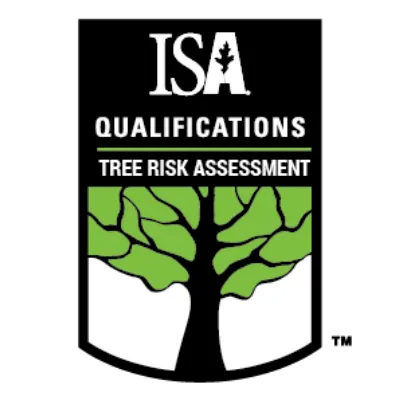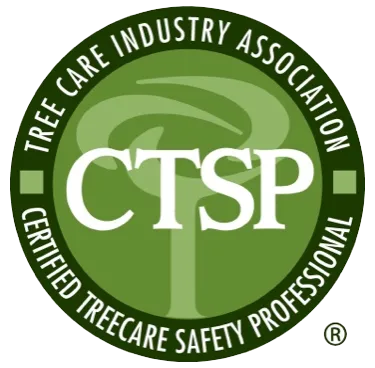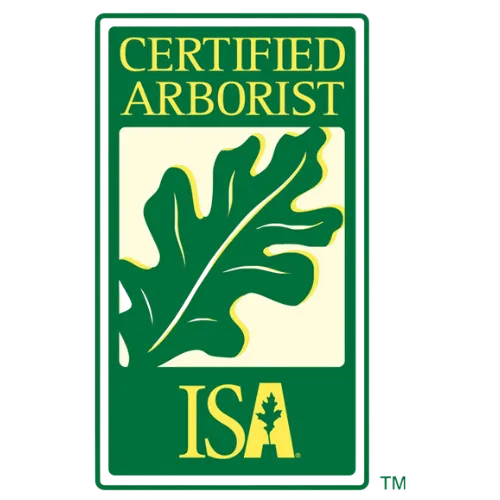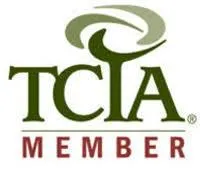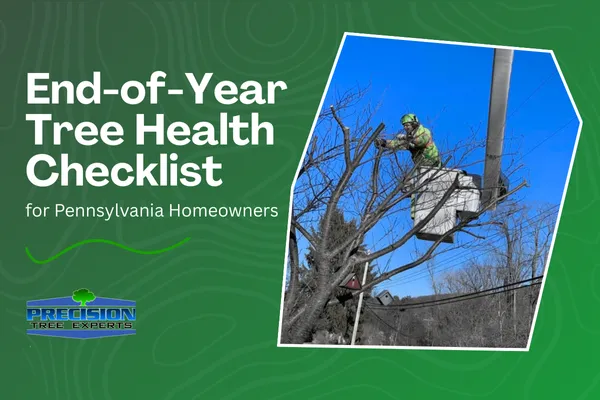
End-of-Year Tree Health Checklist for Pennsylvania Homeowners
As the last leaves fall and the temperatures dip across Pennsylvania, it's time for one last important project before winter really sets in: making sure your trees are ready to survive the coming months.
Fall and early winter are prime times for storms, snow loads, freezing rain, and howling winds. Trees that aren't inspected, maintained, and prepped now are way more likely to suffer major damage later — and that damage often lands squarely on your house, driveway, or neighbor’s fence.
Here’s your essential End-of-Year Tree Health Checklist to protect your property, keep your trees healthy, and avoid expensive emergencies.
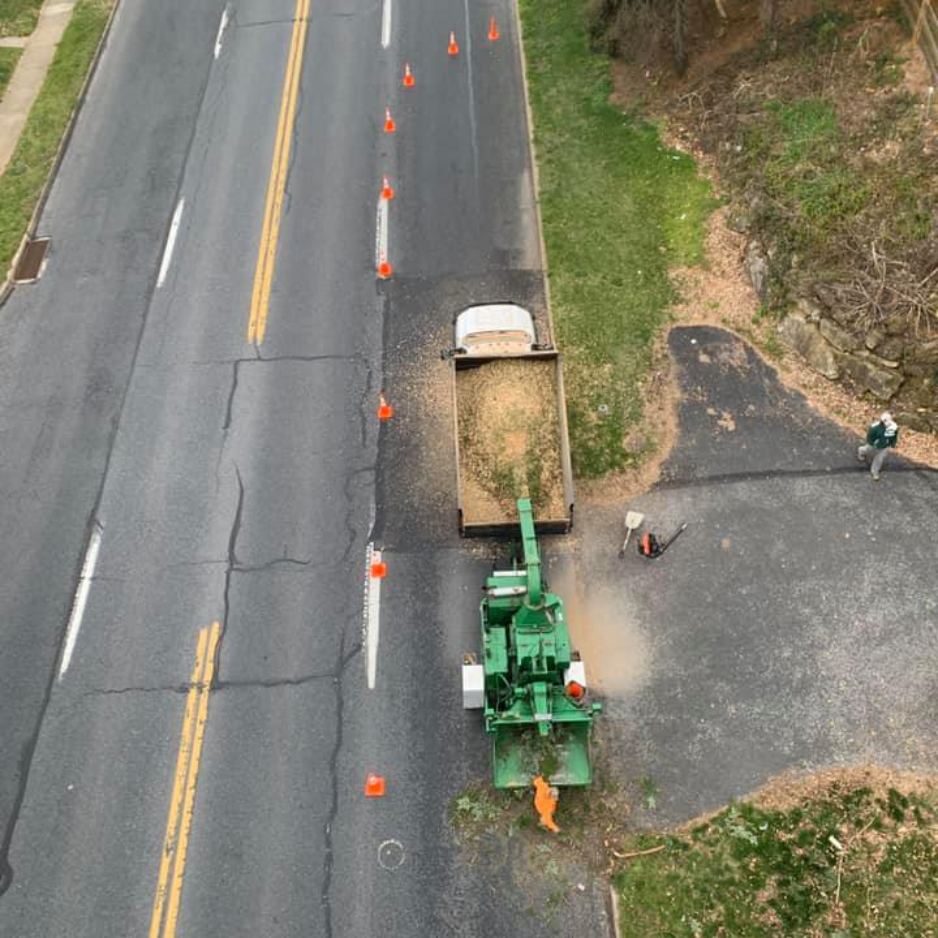
1. Inspect Trees for Damage and Weaknesses
Walk your property and look closely for signs like:
Dead or hanging limbs
Cracks in trunks or major branches
Leaning trees
Bark splitting or peeling
Early leaf drop or odd discoloration
If anything looks "off," it's smarter to call a professional arborist now than to hope winter storms don't find the weak spots.
2. Schedule Pruning (If Needed)
Late fall, after leaves are down, is a great time for strategic pruning.
Remove dead, broken, or rubbing branches.
Light thinning can improve structure and storm resilience.
Cut out limbs hanging over roofs, driveways, or power lines.
Tip: Don't overdo it. Removing no more than 25% of a tree’s canopy at once keeps it healthy.

3. Mulch for Winter Protection
A proper mulch layer does wonders against winter stress:
Insulates roots against freezing
Holds soil moisture
Reduces soil heaving during freeze-thaw cycles
Spread mulch 2-4 inches deep around the root zone, keeping it a few inches away from the trunk. No volcano mulching — ever.
4. Deep Water Before Ground Freeze
If the fall has been dry, give trees a slow, deep soak before the ground freezes hard.
Water early in the day to prevent overnight icing.
Focus on the root zone extending beyond the canopy.
Newly planted and young trees need it most.
Proper hydration going into winter dramatically improves survival chances.

5. Protect Young or Vulnerable Trees
Small trees, recently planted specimens, and sensitive species can use a little extra TLC:
Stake properly if needed (but don't bind too tight).
Wrap trunks of thin-barked trees to prevent sunscald.
Shield young trees from heavy snow loads with temporary structures if necessary.
Taking a few preventive steps now is a lot cheaper than replacing a tree next spring.
6. Prepare for Heavy Snow and Ice
Winter storms in Pennsylvania aren't polite. Wet snow and ice can snap overloaded branches without warning.
Preemptively prune weak or overloaded limbs.
Gently brush off heavy snow buildup if safe.
Never shake icy branches — you’ll do more damage than good.
Structural issues from old storm damage tend to get dramatically worse under winter stress.
7. Monitor for Late Fall and Early Winter Pests
Some pests stay active longer than you'd expect.
Check for signs of boring insects.
Look for fungal issues during mild stretches.
Remove leaf litter harboring overwintering pests.
Winter may slow bugs down, but it doesn't stop them completely.

8. Plan for Emergency Response (Just in Case)
Even the best-prepared trees sometimes lose a battle to Mother Nature. It's smart to have a plan:
Know who your local emergency tree service provider is.
Keep emergency contacts handy (not just bookmarked online).
Understand what your homeowner’s insurance covers for storm-related tree damage.
Fast action after a winter storm can limit further property damage and safety risks.

FAQs: End-of-Year Tree Care for Pennsylvania Homeowners
Is late fall too late to prune trees?
No. Late fall is ideal for removing deadwood and improving storm resilience.
Can I mulch around my trees in winter?
Absolutely. Mulch is one of the best protections you can give roots against freezing.
Should I fertilize trees in late fall?
Only if recommended by an arborist — and typically with slow-release fertilizers designed for root health.
When should I call for emergency tree service after a storm?
Immediately if a tree is leaning dangerously, has major cracks, or is touching structures or power lines.
Conclusion: End the Year Strong by Protecting Your Trees
Trees are long-term investments in your property’s beauty, value, and safety. Taking smart, preventive steps now ensures your trees survive winter’s worst and come back stronger next spring.
Don’t roll the dice with heavy snow, windstorms, and sudden freeze-thaw cycles. Follow this checklist — and if anything looks questionable, trust the professionals.
Need expert help preparing your trees for winter?
Visit Precision Tree Experts today to schedule your end-of-year tree inspection and maintenance!

